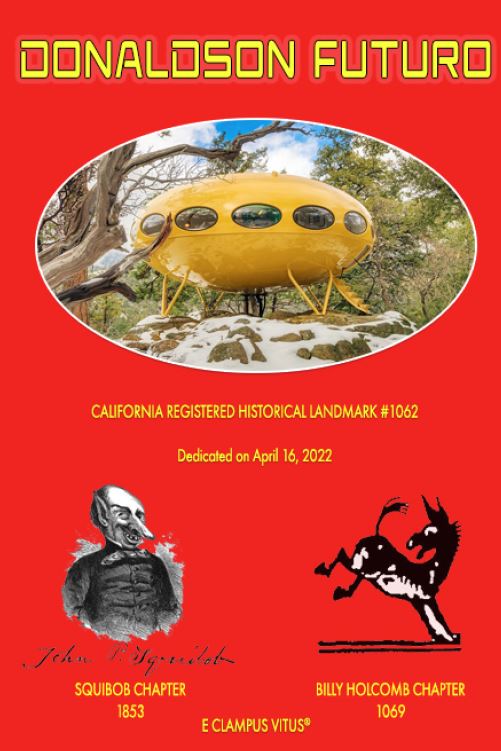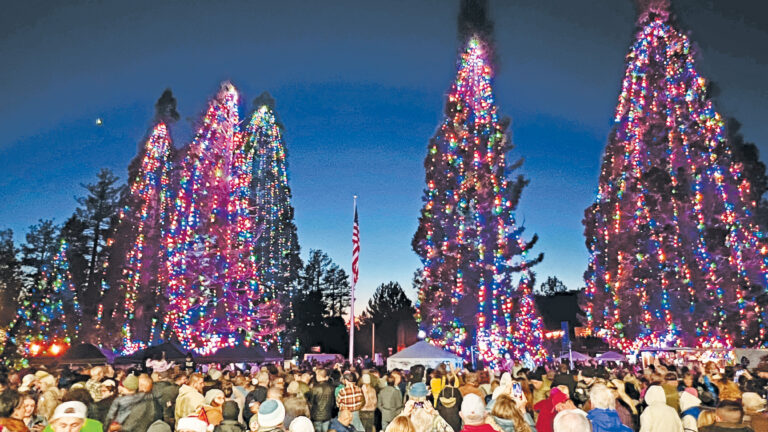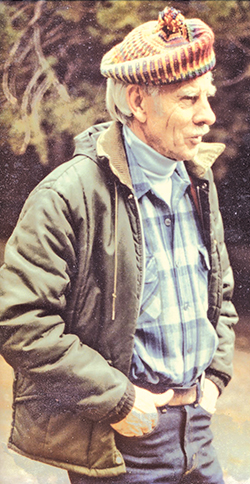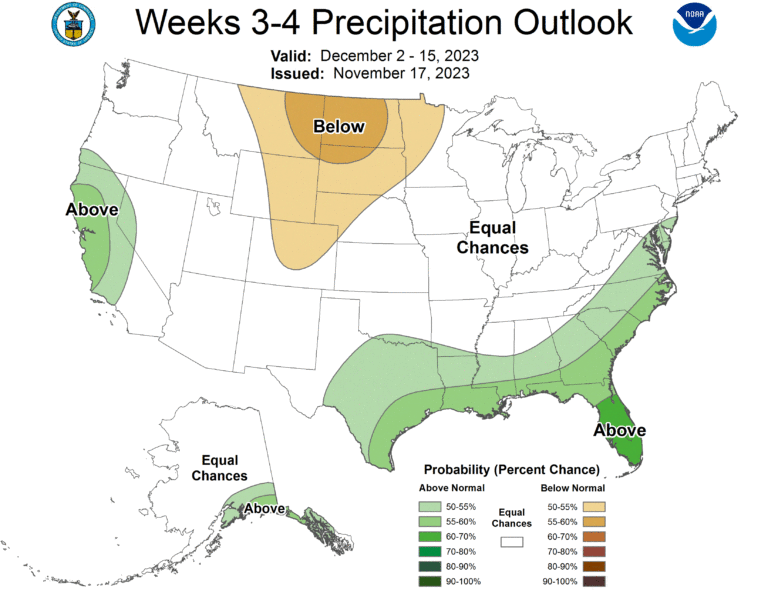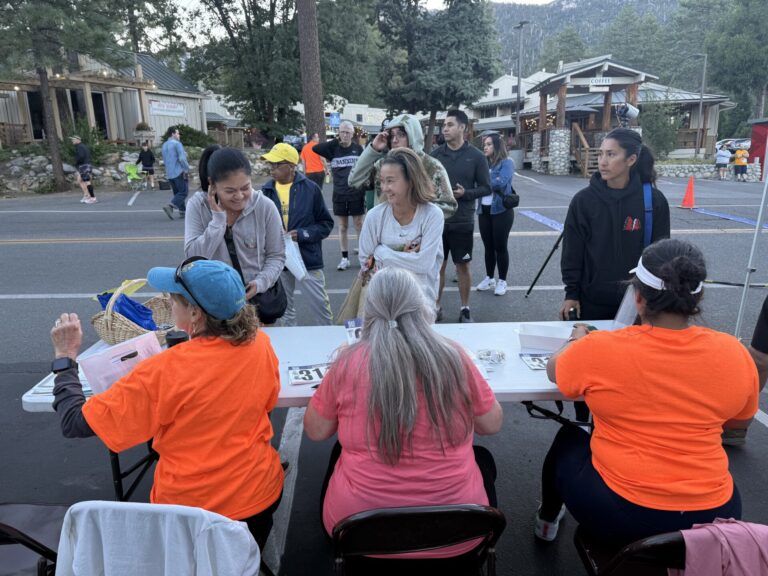This Saturday, a dedication ceremony will be held to celebrate Idyllwild’s first California Registered Historical Landmark, the “Donaldson Futuro.” Located in Pine Cove, residents may have heard of or caught a glimpse of this “flying saucer house” that arrived on the Hill in 2004. It has since been lovingly restored to a Technicolor glory that celebrates the aesthetic of late 1960s futurism.
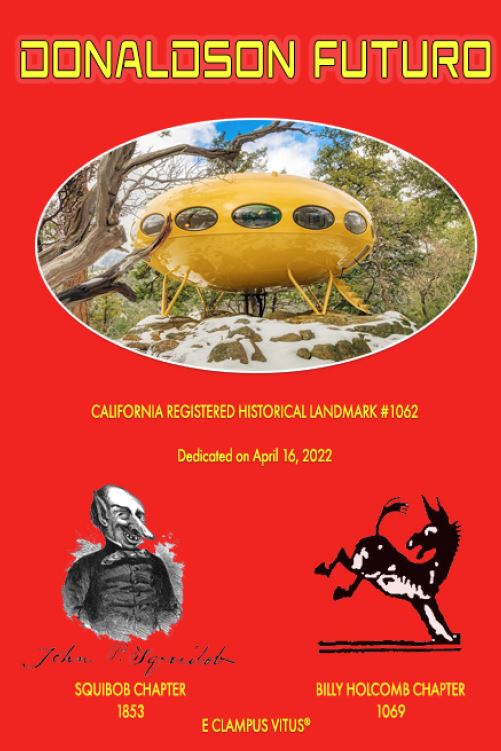
Designed by a Finnish company to be a portable ski chalet able to bear extreme weather, including high winds and snow loads, the Futuro’s present resting place recalls the terrain imagined by its original architects. The original architect, Matti Suuronen, said the design was not inspired by science fiction but by mathematics, various ideas converging on the “elliptic paraboloid” shape, the egg.
Measuring 26 feet, 4 inches by 13 feet, 2 inches (8m by 4m) with 520 square feet of floor area, and weighing about 11,900 pounds, the Futuro presages the “tiny house” movement. According to futurohouse.com, about 100 were produced, with 67 still in existence and 20 in the U.S. Original designers optimistically envisioned helicopter delivery, but this Futuro arrived by truck, a process well documented in the December 16, 2004, Town Crier article noting its arrival here.
The owner and restorer, architect Milford Wayne Donaldson, has produced a booklet documenting the Futuro’s history and the restoration process. Copies are available at Idyllwild Library, and in the California Room at all main branch county libraries throughout the state. The careful documentation of the restoration process, an “adventure” with a “myriad of discoveries” and “clever solutions,” is intended to serve as a handbook for any other brave souls who wish to undertake future Futuro restorations. In the booklet, the architect notes it is the “first serially produced plastic house and the first all-structural glass-reinforced polyester house in California… a notable icon in California space-age architecture.”
The saucer’s history in California before it “landed” here, included a spell as a Navy office in San Diego and an Air Force recruitment station in Escondido.
Donaldson has spent a career restoring landmark buildings, his San Diego firm “Heritage Architecture and Planning” having completed many complex and sensitive restorations and alterations to well-known assets. He pointed out two well-known projects among his favorites, the Hospitality House in San Diego’s Balboa Park, and the Presidio in Santa Barbara. He was appointed by President Barack Obama as chair of the Advisory Council on Historic Preservation, where he continued to serve under President Donald Trump until 2019. He also served as California’s state historic preservation officer from 2004 until 2012.
His Wikipedia page cites his expertise with historic building materials: adobe, sod and stone. He has many times worked on saving buildings in these legacy materials from demolition after earthquakes. The Futuro, however, is a virtuoso performance in another media: plastics. In the early 1970s, he was the prototype construction manager for another modular fiber glass plastic housing system called “Poly-Pod.” Donaldson has written and lectured extensively about the restoration process for his Futuro and also consulted on a never-finished Futuro restoration for an East Coast art collector.
Gray heads will remember when plastic was the material of the future, when it represented a better future, a bold solution to humanity’s challenges, bending and molding nature into any imagined possibility. Plastic ushered in the possibility of “organic” shape and structure, mimicking natural forms. The Futuro was the “optimistic vision of a future that never came to pass, when families would live in lightweight, inexpensive, durable, and easy-to-clean plastic houses they could move whenever the family moved.” The oil embargoes of the 1970s tripled the price of the raw materials and made the Futuro uneconomical to produce.
The fiberglass-reinforced acrylic body was the first thing to be restored, including 16 custom-replicated acrylic bubble windows. A December 2019 CNN Business story quoted Donaldson saying, “It’s built like a boat, it has movement… It has to be a little bit elastic, it has to have good UV protection and it has to be durable.” So, the saucer was taken to a San Diego boat yard where “he and restorers and materials experts spent two years refinishing the exterior.” Once moved to Pine Cove, eight years of interior work began.
The interior includes “like new” restorations of original surfaces, furnishings and appliances. Colorful textiles complete the journey into the future past. Every detail is curated. The original asbestos “popcorn” ceiling has been replaced with a safer but aesthetically correct material with embedded gold flakes. One of the few compromises made was removing the original fireplace In the center of the living space, replacing it with a storage console/table and sculptural skylight.
Donaldson’s connection to Idyllwild began in the 1950s as Boy Scout, returning as an adult with his wife Laura to camp and hike. The Futuro is their first home in Idyllwild.
This project required the expertise of many craftspeople in many materials, orchestrated by an architect with imagination and practical trouble-shooting skills. Getting an occupancy permit (the first for a Futuro in California) in our modern regulatory regime was among the many hurdles along the way, one that builders and homeowners will appreciate. In 2020, The California Preservation Foundation granted a Preservation Design Award for Restoration to the project, for both its handling of materials and its code compliance, and also its “People’s Choice” award.
The state’s website lists 27 state landmarks in Riverside County, the nearest to Idyllwild including the De Anza Camp in Anza, the village of Pochea in Hemet’s Ramona Bowl (which is itself on the list), the Hemet Maze Stone and the Soviet Transpolar Landing Site in San Jacinto.
Other markers placed by various groups include one at the Lake Hemet Dam, and another at the (failed) Michelson speed of light experiment marker in Pine Cove.
This last also was placed by members of E. Clampus Vitus, a group that has given its approval to this project. Donaldson is a past president or “Ex Noble Grand Humbug” of two chapters of the organization, San Diego’s Squibob Chapter and San Bernardino’s Billy Holcomb. Members find fellowship in the preservation of unusual bits of local history, and are inveterate plaque placers; the Holcomb Chapter, according to its website, has “dedicated, built or installed over 170 such historical markers.” The Squibob chapter claims “over 100.”
The dedication ceremony is at 10 a.m. Saturday, April 23, at 52895 Big Rock Road in Pine Cove. Parking is limited, so carpool if you can and be prepared for a bit of a hike.



